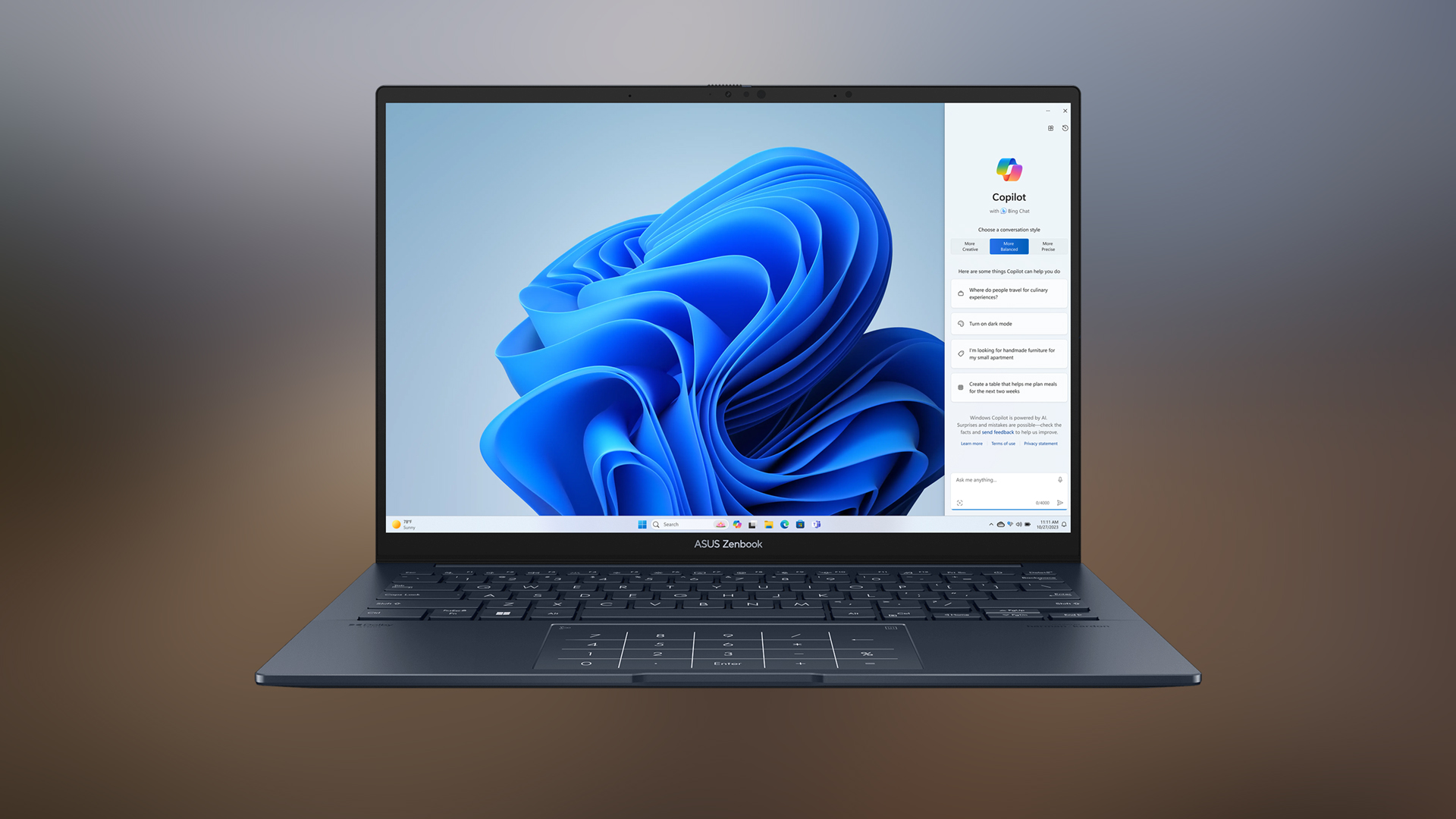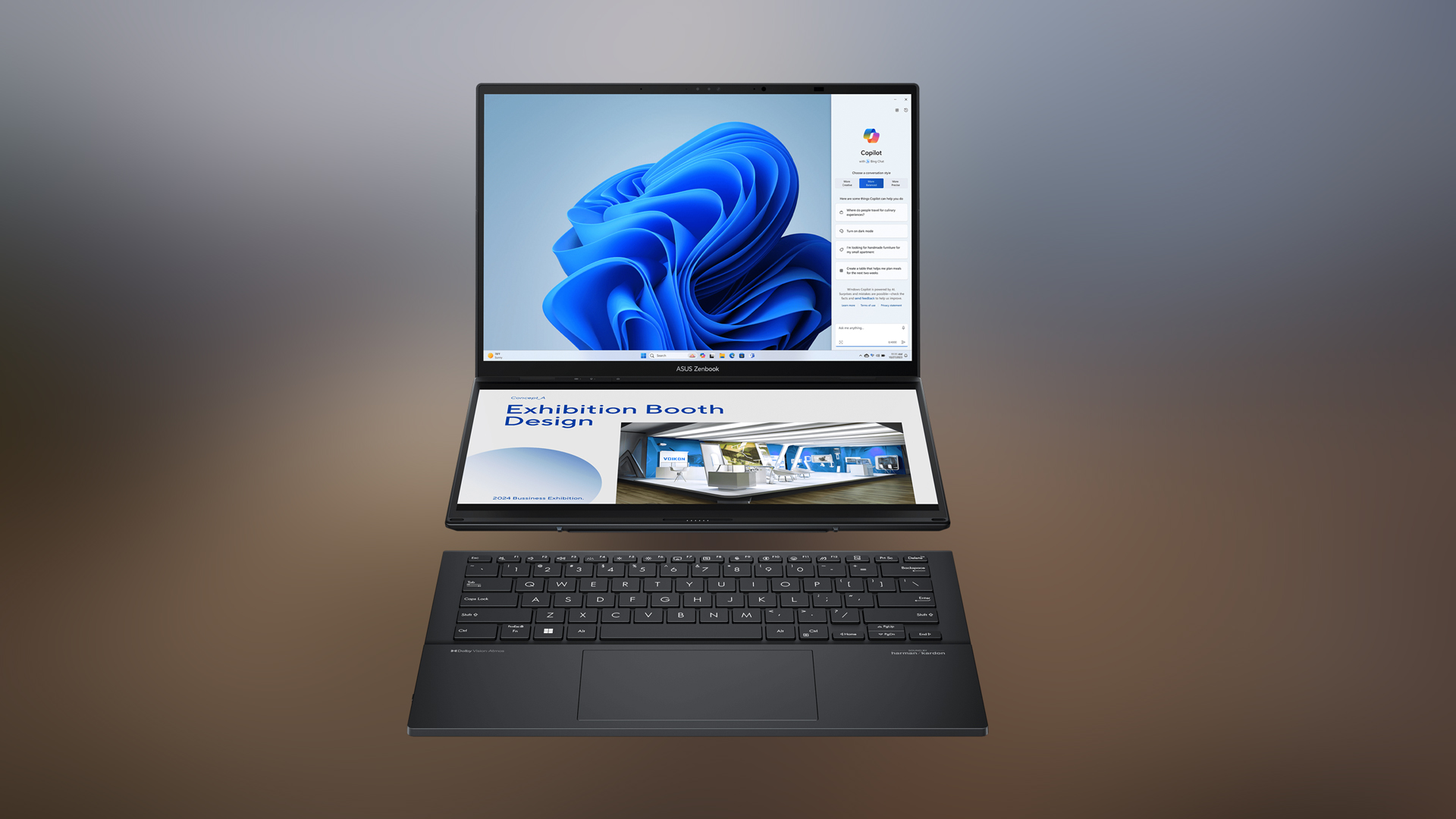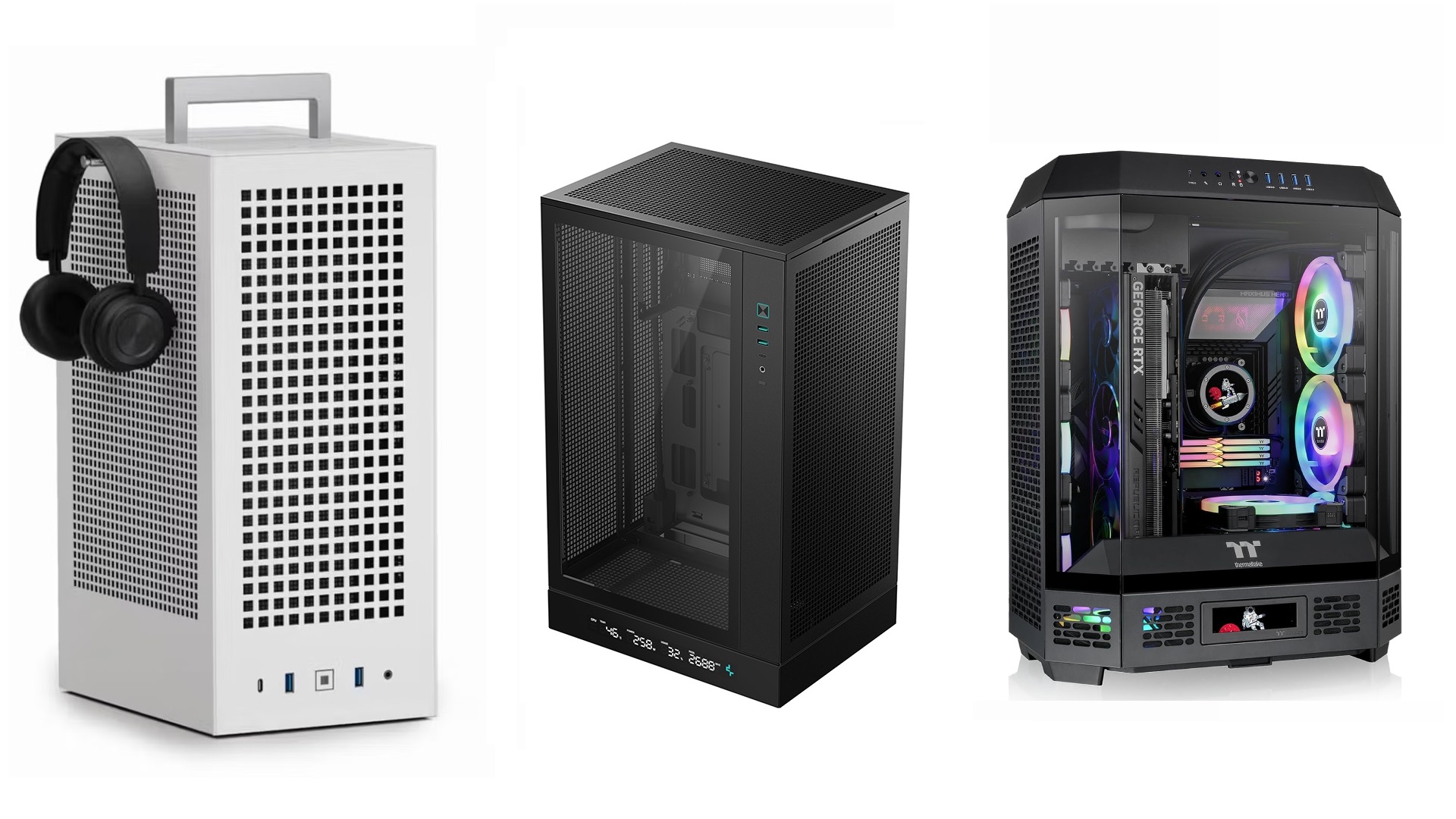AI-Ready PCs are here—but are they worth it? For the price of one Copilot+ laptop, you could get a lot more.

The title might suggest futuristic “AI-ready PCs,” but in reality, we’re mostly looking at regular laptops rebranded as Copilot+ devices thanks to an NPU. From a gamer’s point of view, it’s not exactly thrilling, as most would disable Edge and Copilot before even launching their first game. No matter how many times Microsoft polishes these features, turning them off is practically tradition at this point. But wait, there’s more. What if you are a content creator who needs AI specifically for tasks like generating free images, searching the internet, or even acting as your digital assistant? Well, then, here is what’s waiting for you.
What NPUs Actually Do in AI-Ready PCs

NPU stands for Neural Processing Unit; they are designed to perform specific mathematical computations required for the AI model to be functional, one of which is matrix calculations. Your GPU can also perform these tasks, and they are 100 times faster, but they require significantly more power than these chips do.
Think about this: when mining was popular, everyone picked up a GPU, and now there are miners available for purchase, and no one wants a GPU for mining, except for a few coins. The key point is that these NPUs are so energy-efficient because they are integrated within your CPU’s node, specifically for AI-specific workloads. A traditional GPU excels at everything, but an NPU is designed explicitly for matrix calculations.
According to the AI standards set by Microsoft, NPUs in consumer laptops typically need to be around 40-50 TOPS (trillion operations per second) to meet the Copilot+ PC certification. For reference, an RTX 5090 does 3352 TOPS, let that sink in. NPUs are also found within your smartphone, but they don’t typically match the memory capacity, OS integration, or model complexity seen in full Copilot+ PCs.
Marketing Reality Check

Microsoft Copilot+ AI PC standards also include 16GB of RAM and 256GB of fast storage, alongside an NPU that delivers over 40 TOPS. Although these specs look good from the top, looks can be deceiving. The first reason is the excessive price tags, followed by limited availability. The arrival of Copilot+ AI PCs led retailers to clear out their old laptop stocks, which helped gamers and content creators. With an asking price of $1000 for a mid-range Copilot PC, a decent RTX 4060-powered gaming laptop can be easily snagged, and sometimes with significantly higher specs than what these AI-powered PCs offer.
Real World Applications and Limitations
The technology, although promising, isn’t yet ready, as it currently only offers basic functionality, including:
- Basic background blurring during video calls
- Basic image effects, color filters, etc.
- Voice changing or processing on the go.
- Hit or miss voice translation.
- Text summarization and rewrite tools
- Recall (coming-soon)
- Object recognition and intelligent search in photos
- Auto tagging and more
Everything a Samsung Galaxy S24/25 Ultra smartphone can do, this can do too. It is similar to the Samsung Galaxy, but with a keyboard and worse battery life.
Real-World Performance Considerations
As mentioned earlier, at the price of a Copilot+ PC, numerous options offer flagship performance and even surpass AI TOPS; however, the AI setup and implementation are challenging, and the battery life is limited. The options that fall under Copilot+ PC only offer a slight advantage in terms of battery life, but severely lack in multi-threading capabilities and GPU compute capabilities that a real-world use case demands the most.
Final Verdict: Buy Now or Wait?
Now here comes the big question: Should you get your hands on one? As of today, absolutely not. However, in the near future, when this technology becomes extremely powerful, buying this makes sense. You can accelerate your desired LLM at a fraction of the power cost. It’s incredibly powerful, but it’s still in its infancy. You are just fueling the fire if you buy these. AI isn’t going away. Just look at the GPU prices. Waiting is the best option.
We provide the latest news and “How To’s” for Tech content. Meanwhile, you can check out the following articles related to PC GPUs, CPU and GPU comparisons, mobile phones, and more:
- 5 Best Air Coolers for CPUs in 2025
- ASUS TUF Gaming F16 Release Date, Specifications, Price, and More
- iPhone 16e vs iPhone SE (3rd Gen): Which One To Buy in 2025?
- Powerbeats Pro 2 vs AirPods Pro 2: Which One To Get in 2025
- RTX 5070 Ti vs. RTX 4070 Super: Specs, Price and More Compared
- Windows 11: How To Disable Lock Screen Widgets
 Reddit
Reddit
 Email
Email


